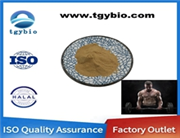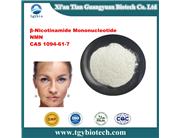

Clobetasol propionate is a corticosteroid used to treat various skin disorders including eczema and psoriasis. It is also highly effective for contact dermatitis caused by exposure to poison ivy/oak. Clobetasol belongs to US Class I (Europe: class IV) of the corticosteroids, making it one of the most potent available. It comes in shampoo, mousse, ointment and emollient cream presentations. It has very high potency and typically should not be used with occlusive dressings, or for extended continuous use (beyond two weeks). It is also used to treat several autoimmune diseases including alopecia areata, vitiligo and lichen planus (auto immune skin nodules).
ITEMS | SPECIFICATION | RESULTS |
BP2010 /EP6 | Appearance | crystalline powder | Conforms |
Melting point | About 205°C | 206.4°C~206.7°C |
Identification | Meet the requirements | Conforms |
Appearance of solution | Clear, not more intense than Y7 | Conforms |
PH | 2.4~3.0 | 2.60 |
Loss on drying | ≤0.5% | 0.04% |
Sulphated ash | ≤0.1% | 0.01% |
Heavy metals | ≤20 ppm | <20 ppm |
Related substances | ≤0.25% | Conforms |
Assay | 99.0%~101.0% | 99.8% |
USP32 | Identification | Meet the requirements | Conforms |
Loss on drying | ≤0.5% | 0.04% |
Residue on ignition | ≤0.1% | 0.01% |
Heavy metals | ≤0.003% | <0.003% |
Residue solvent - Ethanol | ≤0.5% | <0.04% |
Chloride | 16.9%~17.6% | 17.1% |
Assay | 98.0%~102.0% | 100.0% |
Conclusion: The product complies with BP2010/USP32/EP6 standard |

Adrenocorticotropic hormone drugs, anti-inflammatory, anti-allergic and anti-drug more effective than prednisone, and promoting the removal of potassium sodium retention is very light, intramuscular or intravenous pituitary - adrenal strong inhibition:
1. Anti-inflammatory effects: The product can reduce and prevent tissue response to inflammation, thereby reducing inflammation performance. Hormone suppression of inflammatory cells, including leukocytes and macrophages accumulation in sites of inflammation and inhibition of phagocytosis, lysosomal enzyme release and synthesis and release of inflammatory chemical mediators. Can reduce and prevent tissue response to inflammation, thereby reducing inflammation performance.
2. Immunosuppressive effect: preventing or inhibiting cell-mediated immune response, delayed hypersensitivity reactions, reducing T lymphocytes, monocytes, eosinophils, reducing immunoglobulin binding to cell surface receptors and inhibition of the synthesis and release of interleukin, thus reducing the T lymphocyte transformation of lymphoblastoid cells, and reduce the extension of the primary immune response. Can reduce immune complexes through the basement membrane, and can reduce the concentration of ingredients complement and immunoglobulins.

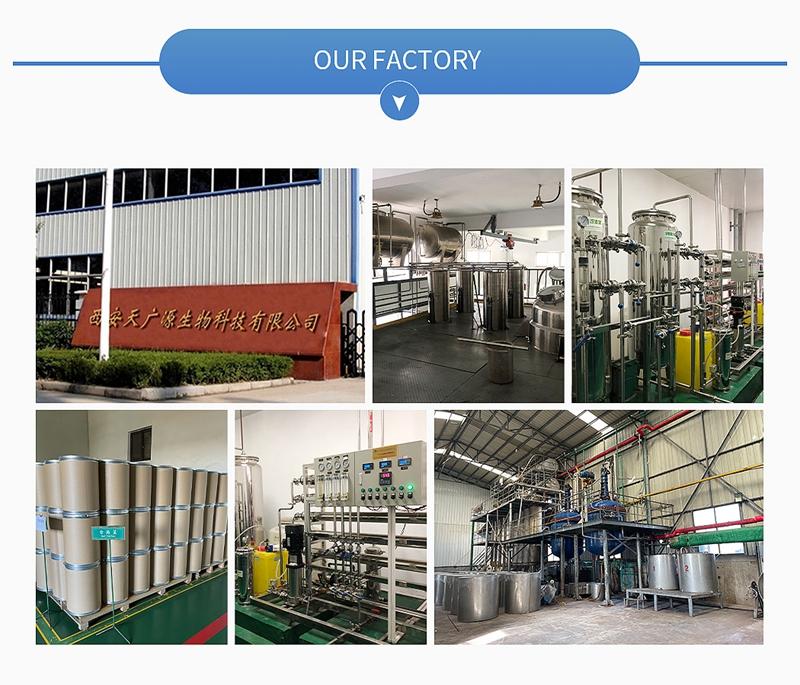
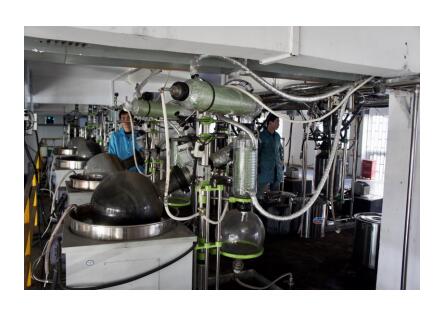


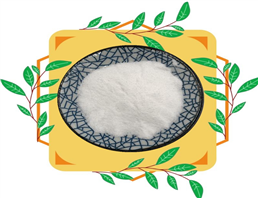
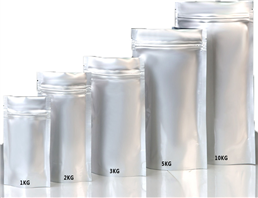
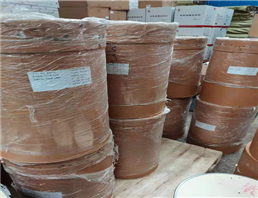

 China
China





